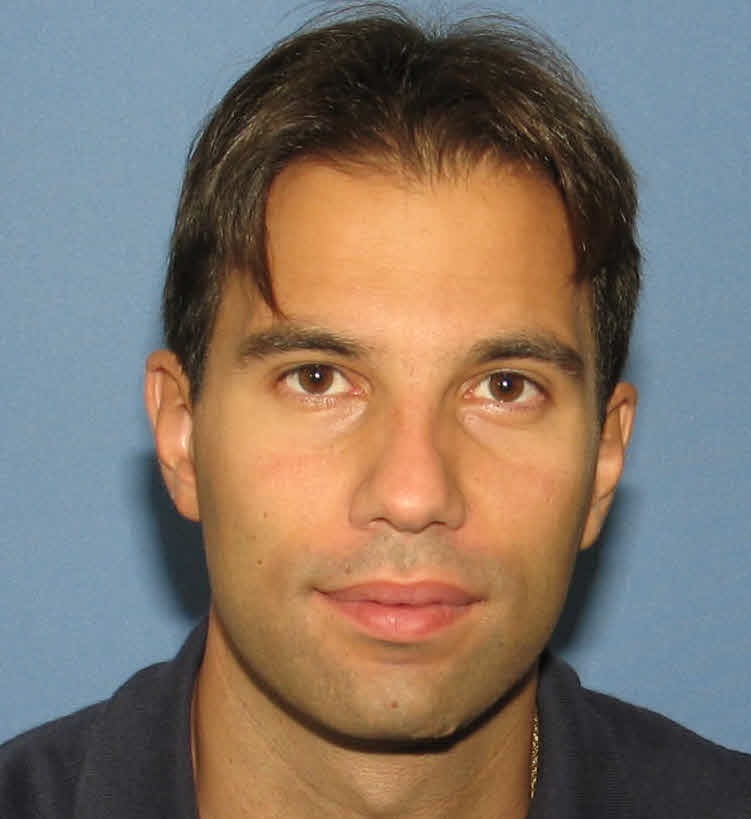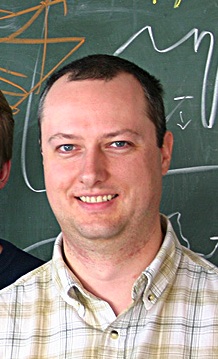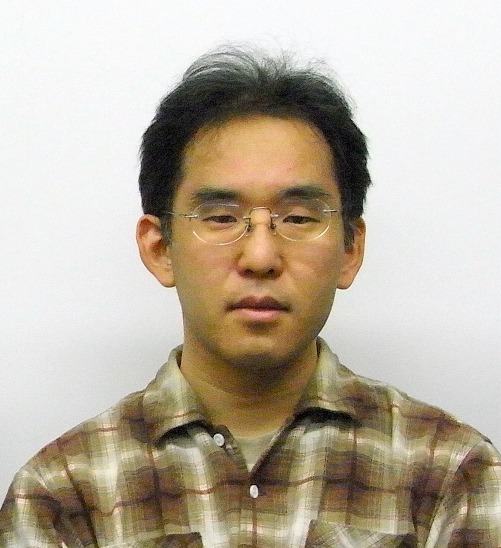I present a measurement of the CP violating asymmetry in D0 → π+π- decays using approximately 215,000 decays reconstructed in about 5.94 fb-1 of CDF data. We use the strong D*+ → D0 π+ decay ("D* tag") to identify the flavor of the charmed meson at production time and exploit CP-conserving strong c c-bar pair-production in p p-bar collisions. Higher statistic samples of Cabibbo-favored D0 →K- π+ decays with and without D*tag are used to highly suppress systematic uncertainties due to detector effects. The result, at the per mil level, is the world's most precise measurement to date.
Slides



































































